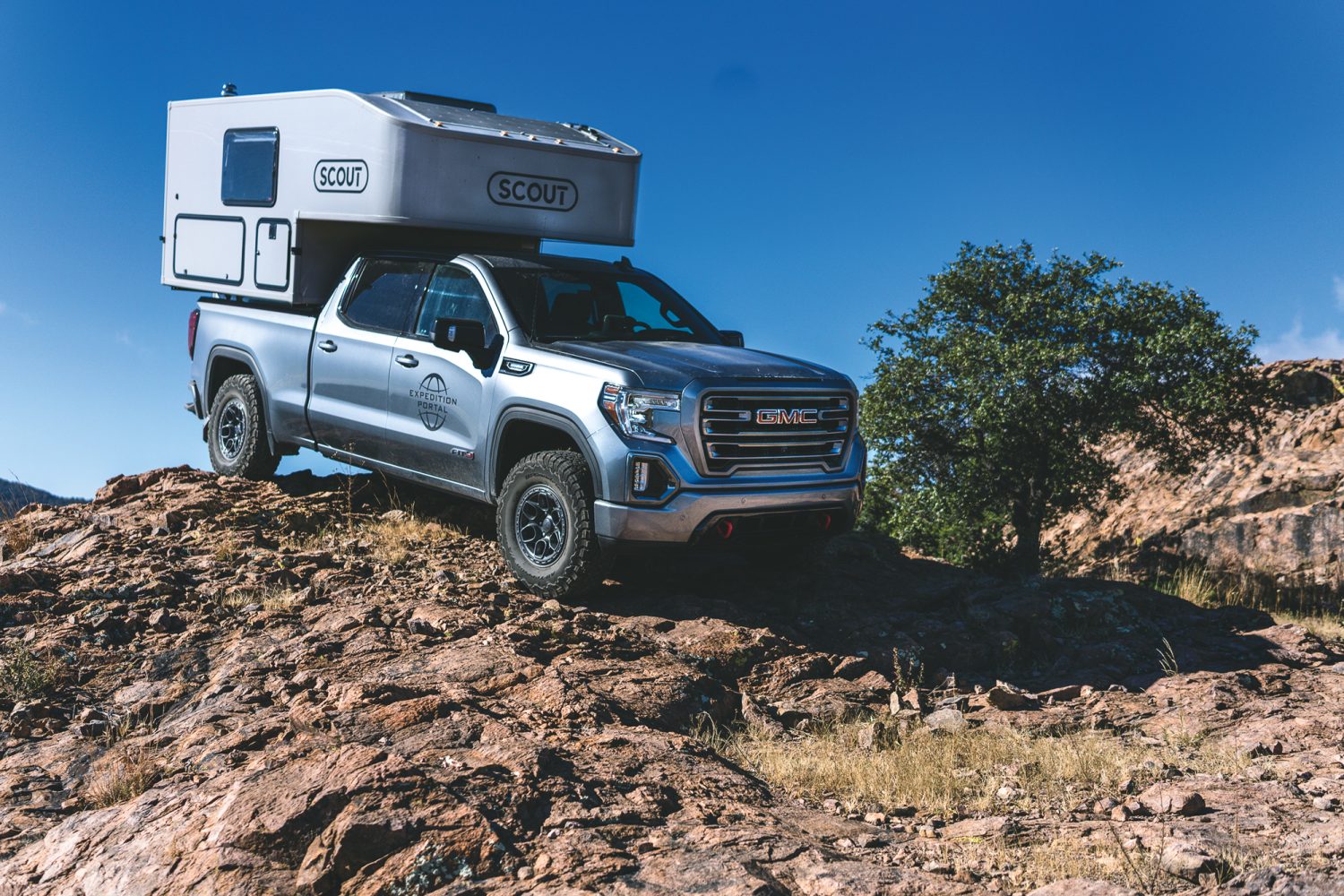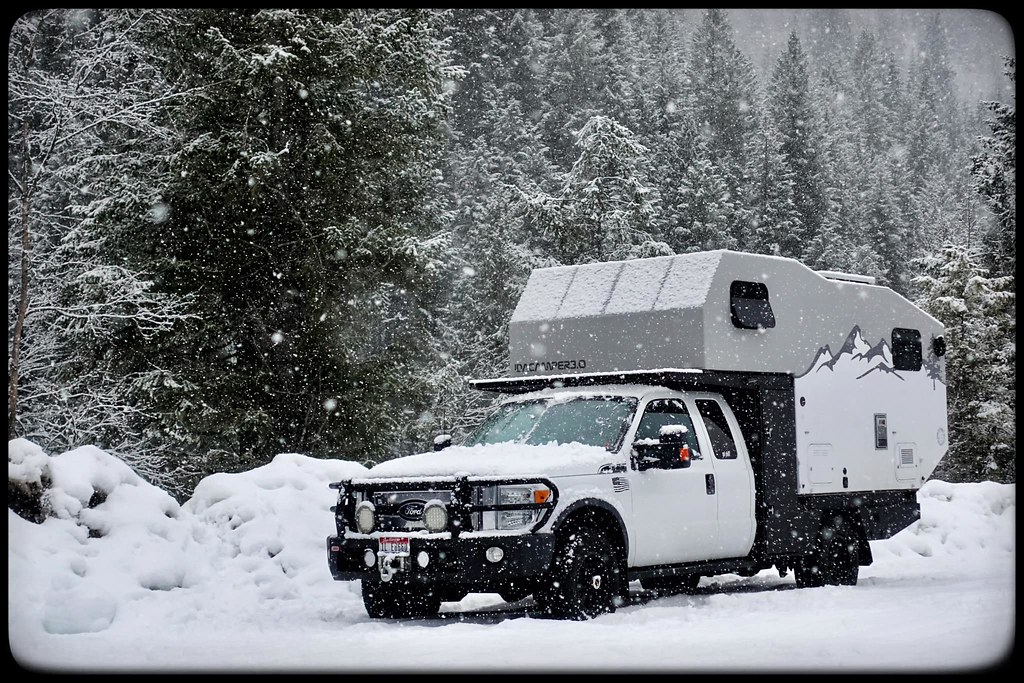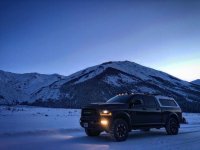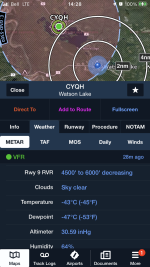The main reason for considering custom build is lightweight and low CG. I see the possibility that I can build a 6'x8'x4.5' box shell (no cabover) weighing approximately at 500#. Carbon core honeycomb panels weigh 32lbs per 4x8 sheet. The square footage of the shell is 220sqft, so that's 220lbs and the estimated weight for the aluminum tubing frame is around 270lbs. Interior will add more weight but the truck bed weight will offset that. So in a nutshell, I might be able to achieve 500# dry weight of the camper. After adding the weight of gears and passengers, 1000# total payload could be possible!
The best reason for going with a 1-ton is so you can easily carry 3-4k lb.
Also... I'd suggest realistically adding up all the stuff you think you'd carry. You mentioned remote work with your wife. That sounds like fairly long time periods to me, and if you are working that ups the ante further for comfort IMO... and weight. If you want your wife to enjoy this, you need to make damn sure she is comfortable! You will probably want Starlink... which means extra solar and batteries. The ability to stand and have a spacious and comfortable bed that is easy to get into and out of is important. There are major compromises involved, so you need to be very clear regarding what you want this to do well.
What weather conditions? What trail conditions? What part of the world and what time of year?
You seem too focused on "offroad capability" and "low CG". The difference in overall CG between a 54" tall shell and a 76" tall one is a pittance... because it is a ~200 lb roof compared to a 10,000 lb rig. So long as you avoid putting heavy stuff up high, you will be fine. In some places the tall roof might be a problem with tree branches, but there are ways to deal with that also... like not putting fragile things on the roof, and bringing a polesaw. Or get a popup.
If you have 4WD and good tires, you have good offroad capability for rig of this type. Lockers, winches, etc ... if you need them... no worries there.
Also... I wouldn't be shy about making your own foam-core panels with FRP skins. Build samples and test them til you are confident in your methods. If you find Dan Grec's channel he did some videos recently on using wet layup FG to join edges and I think that's a sensible way to go.






